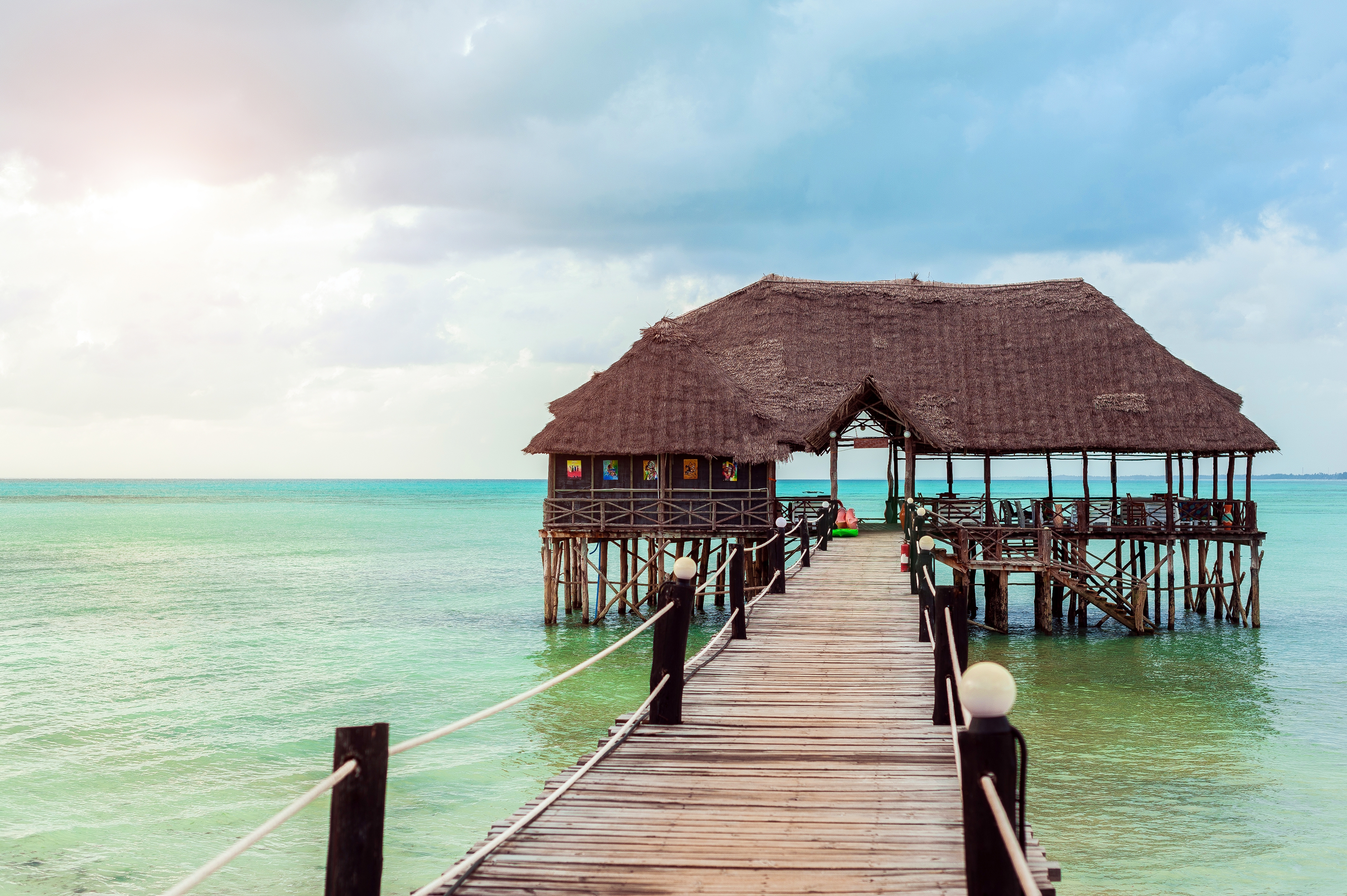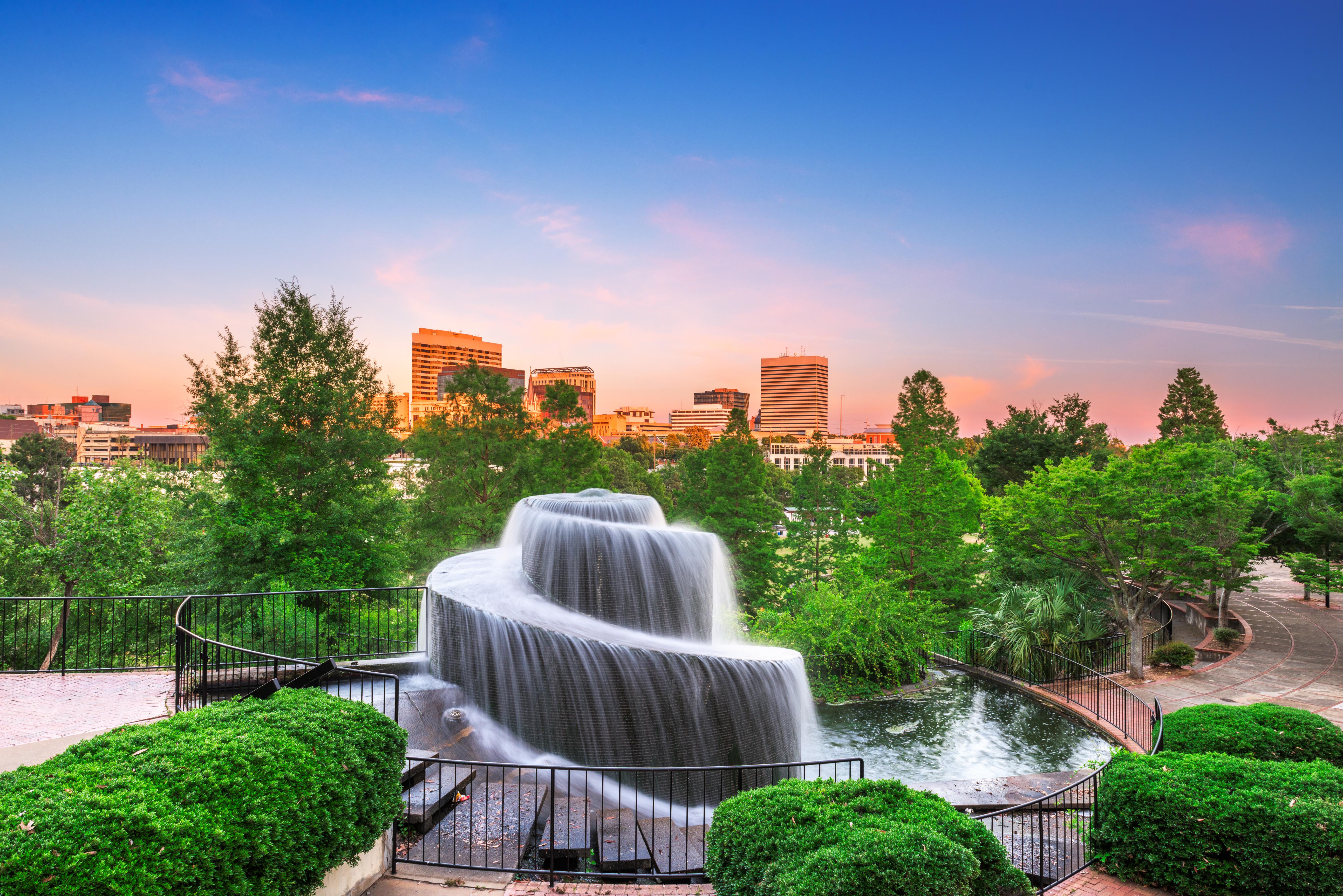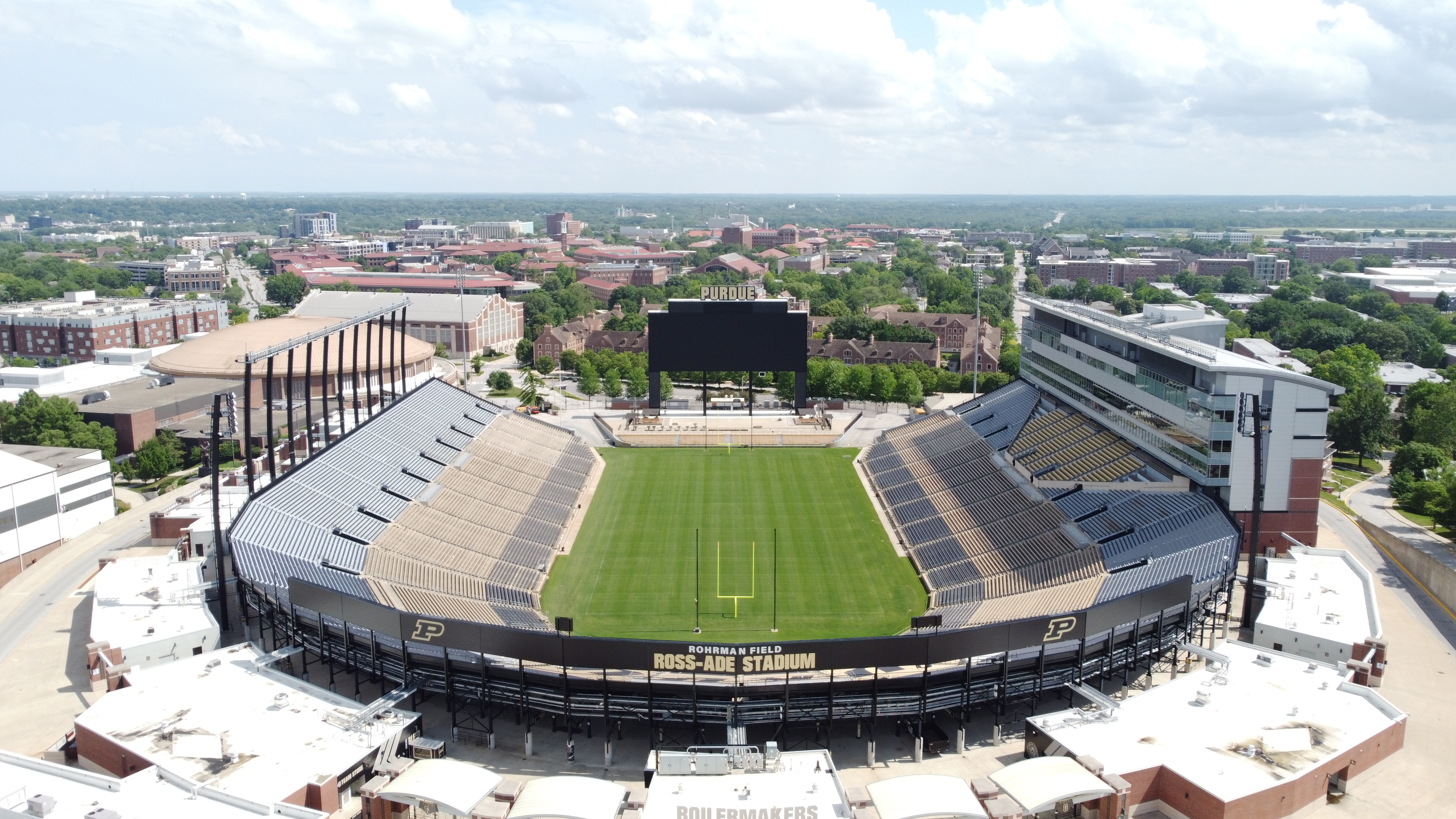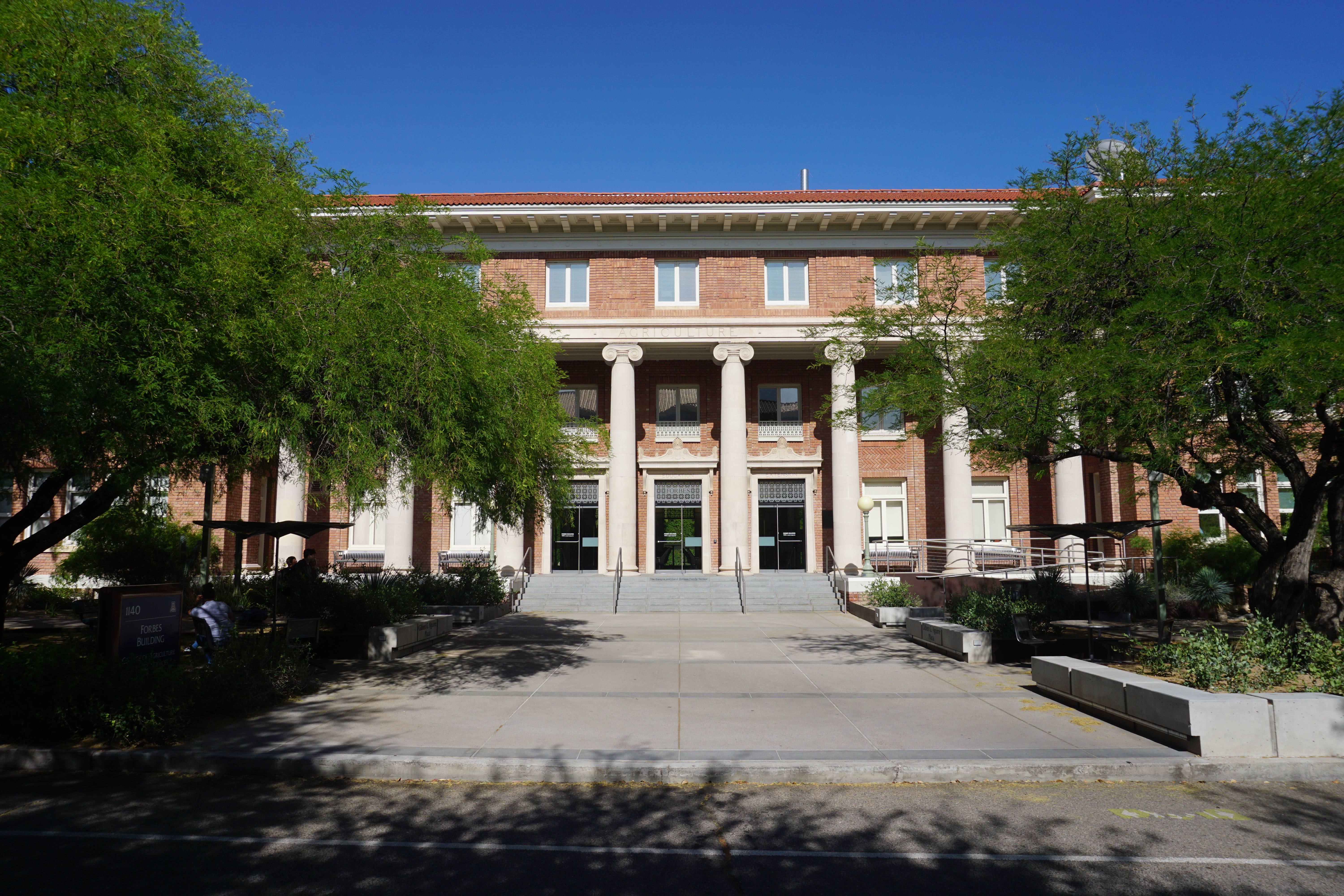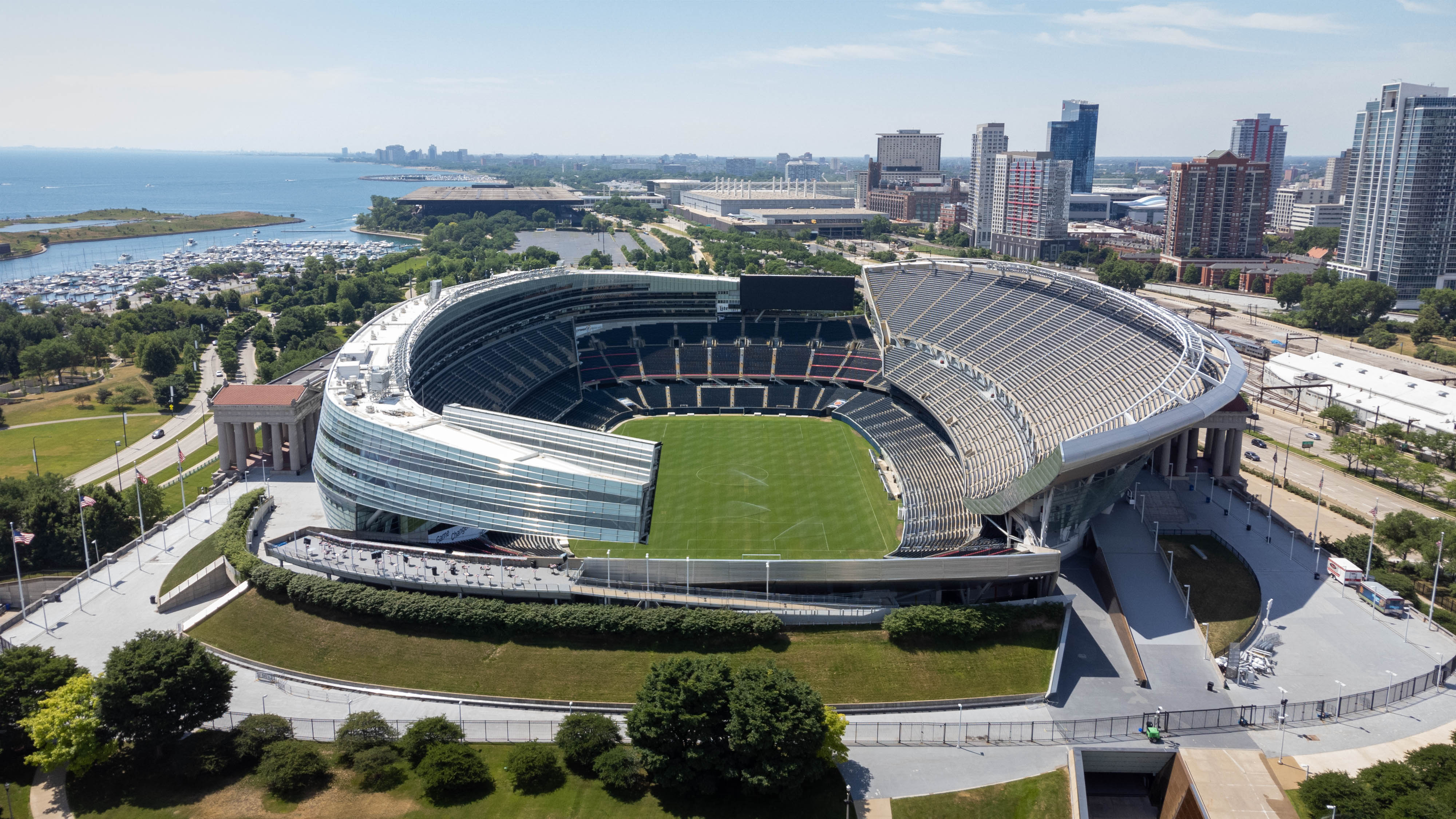The 12 Largest Stadiums in Europe Every Sports Fan Should Visit
Embarking on an epic journey through Europe's largest stadiums is a pilgrimage every sports enthusiast should undertake. These colossal arenas are more than just venues; they are cathedrals of passion, history, and human achievement. Each stadium tells a story, not just of the sports events it hosts, but of the cultures and communities it represents. This journey is about creating memories that transcend the ordinary, offering experiences that blend the thrill of sports with the awe of architectural grandeur. As we traverse this landscape, we will explore the history, significance, and unique features of each stadium, providing a comprehensive guide to the ultimate sports fan experience.
1. Camp Nou: The Heartbeat of Catalonia
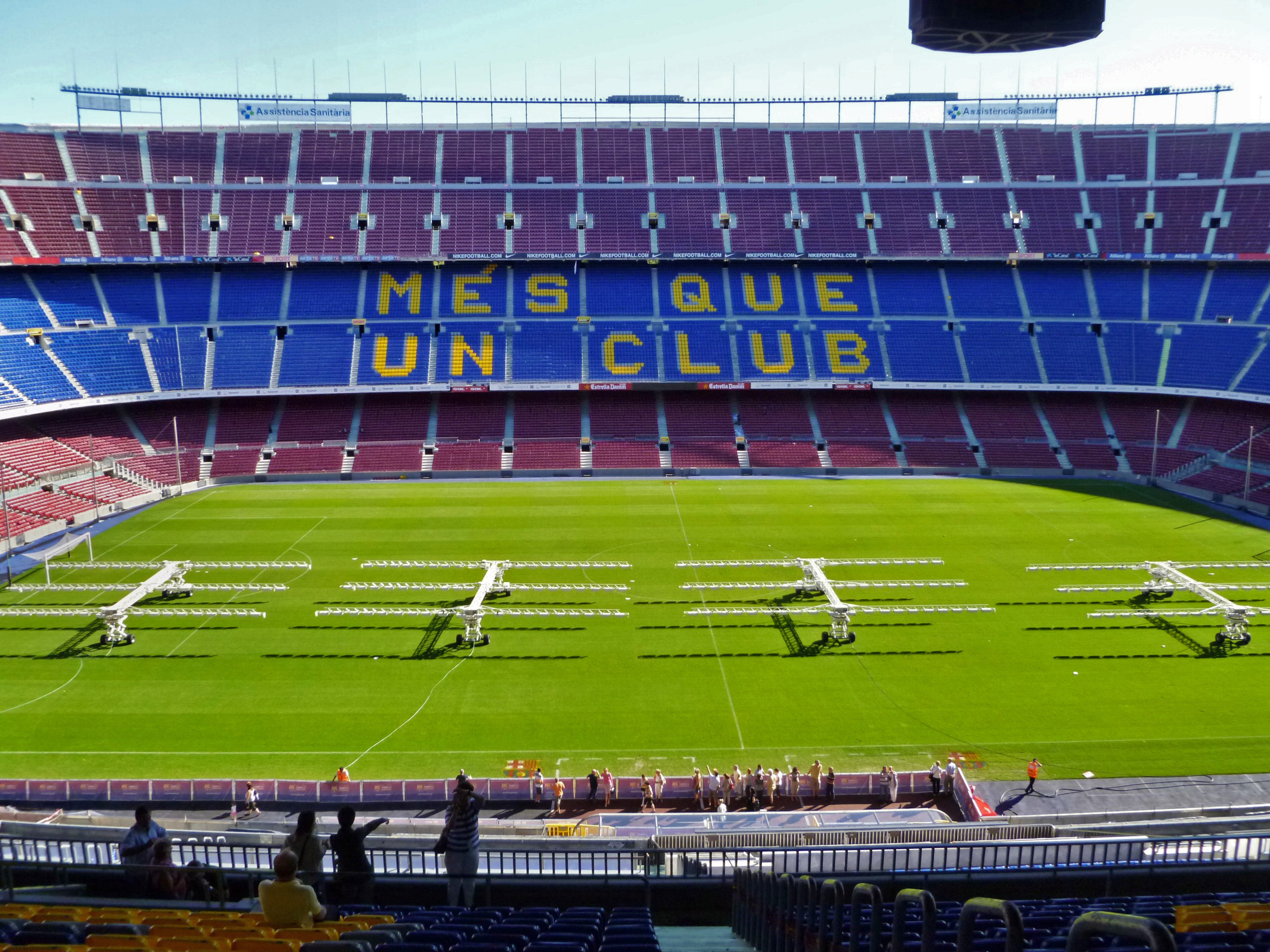
Camp Nou, located in Barcelona, Spain, is not just the largest stadium in Europe but also a symbol of Catalan pride and identity. Home to FC Barcelona, this stadium has witnessed countless historic matches and legendary players, such as Johan Cruyff and Lionel Messi. Its construction in 1957 marked a new era for the club, reflecting the ambitions of a region yearning for recognition. The stadium's design, with its towering stands and open-air concept, creates an electrifying atmosphere that is palpable even before the match begins. Visitors to Camp Nou can explore the FC Barcelona Museum, which offers a deep dive into the club's storied past, showcasing trophies, memorabilia, and multimedia exhibits. This blend of sports and culture makes Camp Nou a must-visit destination for any football aficionado.
2. Wembley Stadium: The Icon of English Football
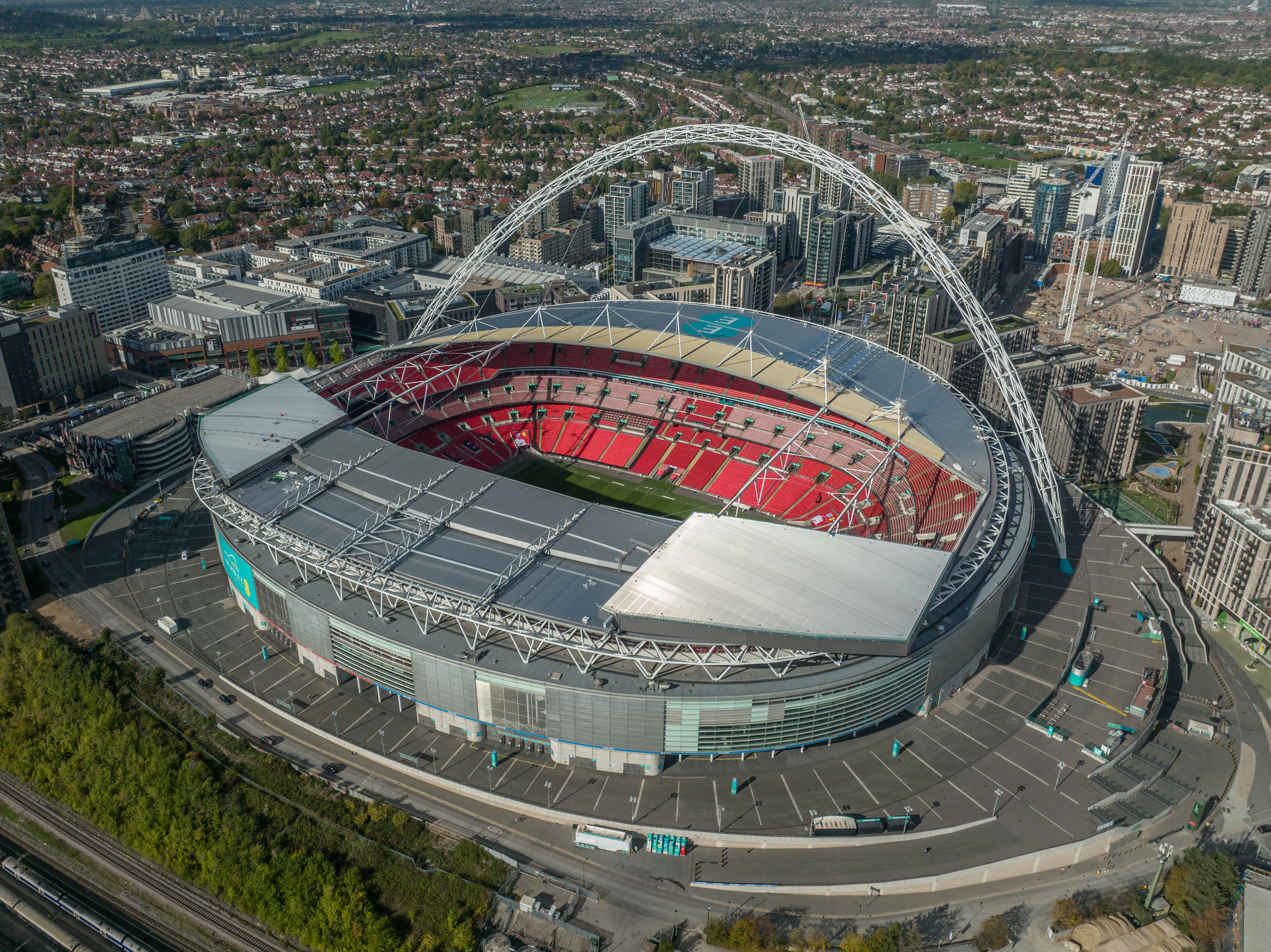
Wembley Stadium in London is synonymous with English football, having hosted numerous iconic moments in the sport's history. Rebuilt in 2007, the new Wembley retained the spirit of its predecessor while incorporating modern design elements, such as the striking arch that dominates the skyline. This stadium is not only the home of the England national team but also the venue for major events like the FA Cup Final and UEFA Champions League Finals. Wembley embodies the passion and tradition of English football, offering fans an unforgettable experience. The stadium tour allows visitors to walk in the footsteps of legends, exploring the dressing rooms, the players' tunnel, and the Royal Box. Wembley's significance extends beyond football, hosting concerts and events that attract global audiences, making it a cultural landmark in its own right.
3. Signal Iduna Park: The Fortress of Dortmund
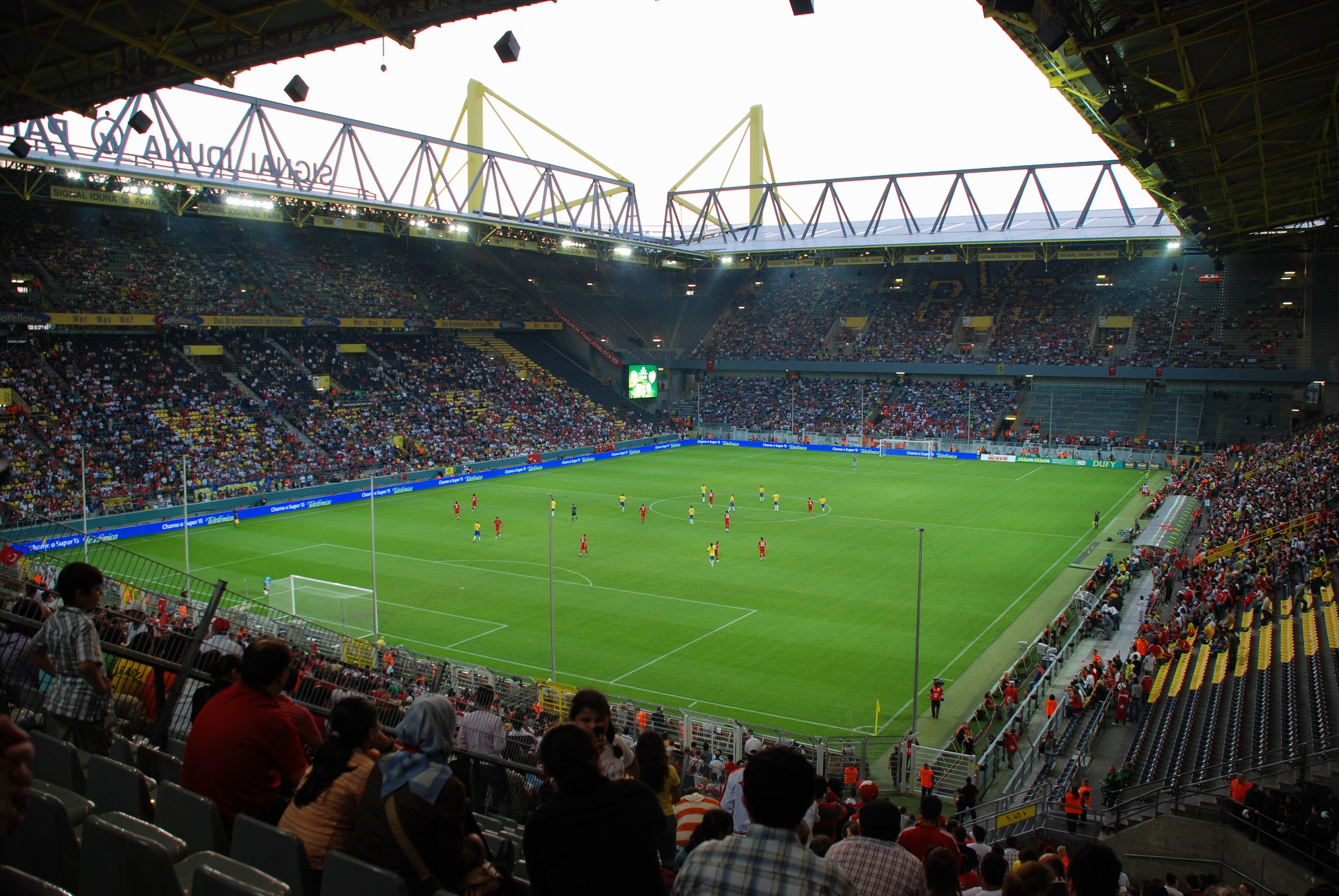
Signal Iduna Park, known to many as Westfalenstadion, is a fortress of football located in Dortmund, Germany. It is renowned for its incredible atmosphere, largely due to the "Yellow Wall," a massive terrace that houses the most passionate Borussia Dortmund fans. This stadium is a testament to the city's love for football, with every match day turning into a vibrant celebration of the sport. Built in 1974, Signal Iduna Park has undergone several expansions, now accommodating over 81,000 spectators. The stadium's design focuses on creating an intimate connection between the fans and the pitch, ensuring that every cheer and chant reverberates throughout the arena. A visit to Signal Iduna Park is more than just attending a football match; it's about experiencing the raw emotion and dedication that define German football culture.
4. San Siro: The Dual Home of Milanese Football
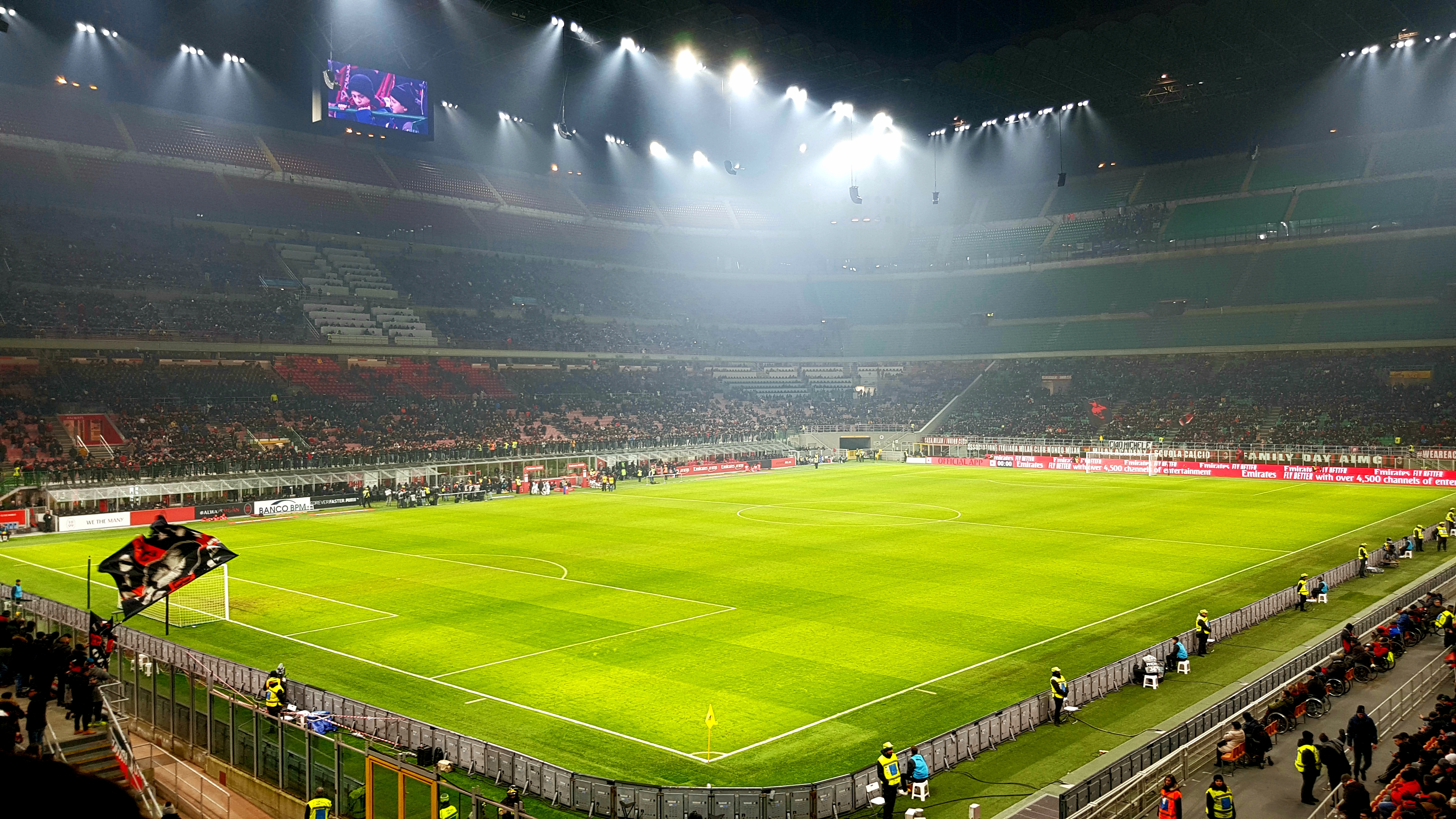
San Siro, officially known as Stadio Giuseppe Meazza, is the shared home of AC Milan and Inter Milan, two of Italy's most storied football clubs. Located in Milan, this stadium is a symbol of the city's rich football heritage. Opened in 1926, San Siro has been the stage for countless derbies, known as "Derby della Madonnina," where the fierce rivalry between the two clubs comes to life. The stadium's distinctive design, with its towering cylindrical towers and red girders, makes it instantly recognizable. San Siro's atmosphere is electric, with fans from both sides creating a cauldron of noise and color. The stadium museum offers a glimpse into the history of both clubs, showcasing jerseys, trophies, and interactive exhibits. San Siro is not just a stadium; it's a testament to the passion and tradition of Italian football.
5. Stade de France: The Pride of French Sporting Achievement
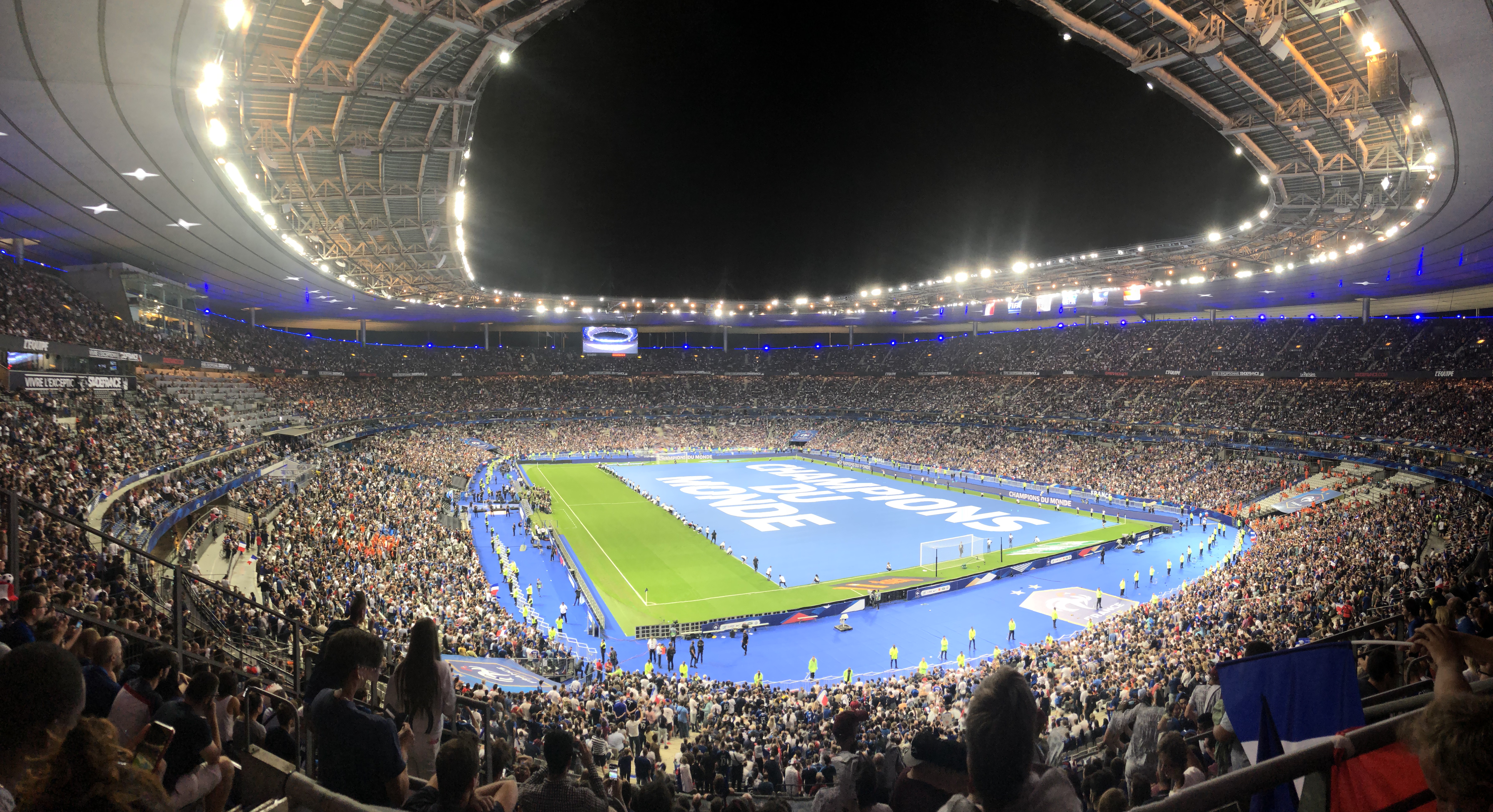
Stade de France, located in the northern suburbs of Paris, is the national stadium of France and a symbol of the country's sporting achievements. Built for the 1998 FIFA World Cup, where France emerged victorious, the stadium has since hosted numerous international events, including the Rugby World Cup and UEFA Euro Championships. Its unique design features a floating roof and a retractable seating system, allowing it to accommodate a variety of sports and events. Stade de France is more than just a venue; it's a celebration of French culture and excellence. Visitors can take a guided tour to explore the stadium's architecture, visit the changing rooms, and walk through the players' tunnel. The stadium also hosts concerts and cultural events, making it a versatile hub of activity. Stade de France is a must-visit for anyone looking to experience the grandeur of French sports and culture.
6. Santiago Bernabéu: The Cathedral of Real Madrid
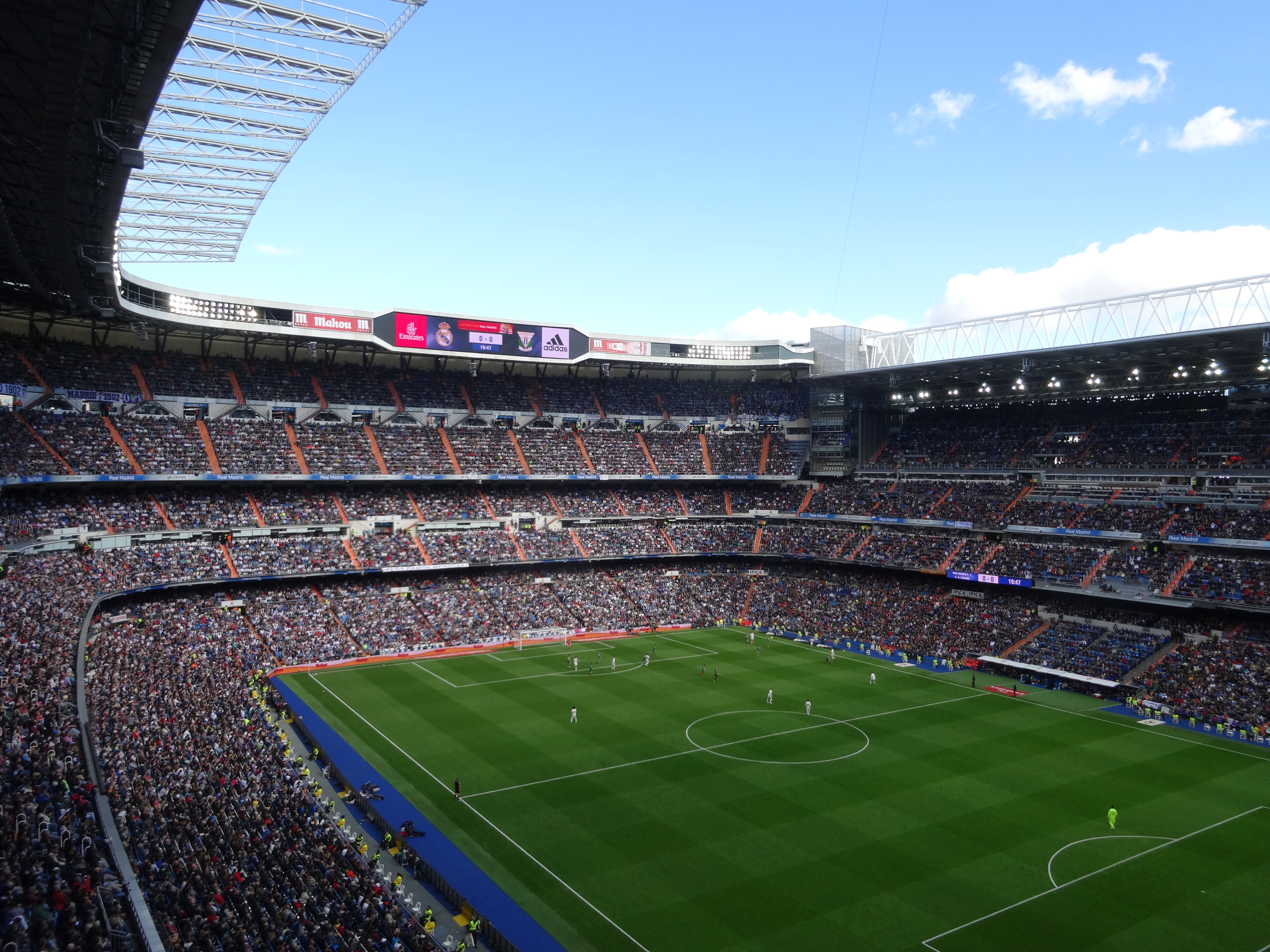
Santiago Bernabéu Stadium, located in Madrid, Spain, is the home of Real Madrid, one of the most successful football clubs in history. Named after the club's legendary president, the stadium has been the backdrop for countless triumphs and unforgettable matches. Opened in 1947, the Bernabéu has undergone several renovations, each enhancing its status as a world-class venue. The stadium's design emphasizes visibility and comfort, ensuring that every seat offers an excellent view of the action. A visit to the Bernabéu is not complete without a tour of the Real Madrid Museum, which showcases the club's illustrious history, including its numerous European Cup victories. The stadium's location in the heart of Madrid makes it easily accessible, allowing visitors to immerse themselves in the vibrant culture of the city. Santiago Bernabéu is a testament to the glory and tradition of Real Madrid, offering fans an unforgettable experience.
7. Old Trafford: The Theatre of Dreams
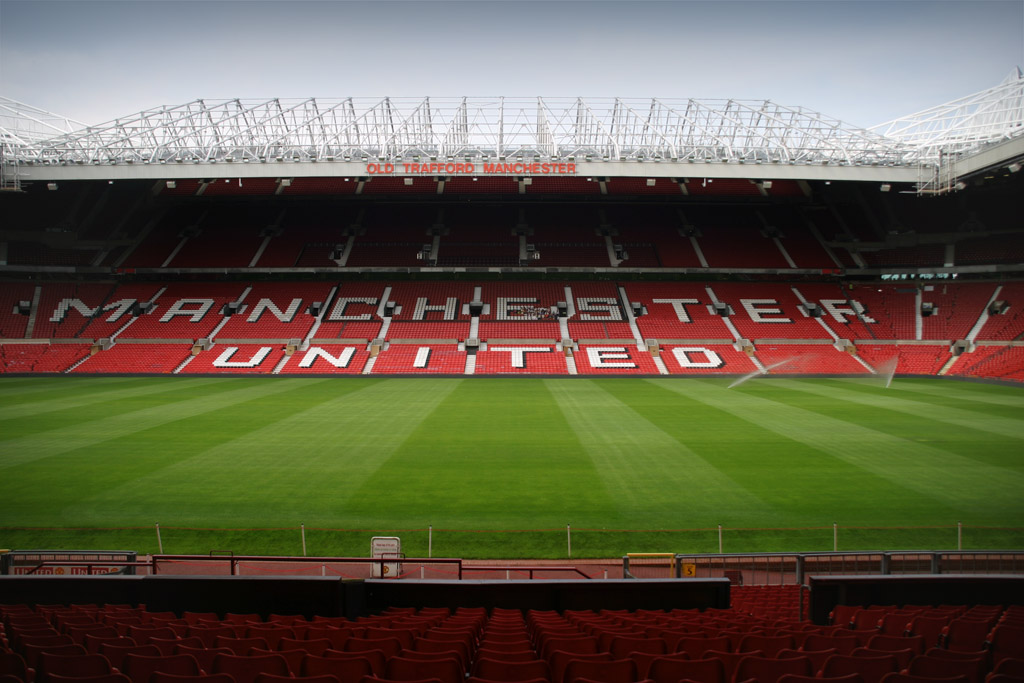
Old Trafford, located in Manchester, England, is the iconic home of Manchester United and is affectionately known as the "Theatre of Dreams." Opened in 1910, the stadium has witnessed the rise of legendary players and historic matches that have shaped the club's legacy. Its design, with the towering Sir Alex Ferguson Stand, creates an imposing presence that reflects the club's stature in world football. Old Trafford is more than just a stadium; it's a symbol of Manchester United's rich history and tradition. Visitors can take a guided tour to explore the stadium's inner workings, including the players' tunnel, dressing rooms, and the museum, which houses a vast collection of memorabilia and trophies. The atmosphere at Old Trafford is electric, with fans creating a sea of red and singing passionately for their team. A visit to Old Trafford is a pilgrimage for any Manchester United supporter, offering a glimpse into the club's storied past and vibrant present.
8. Allianz Arena: The Jewel of Bavaria
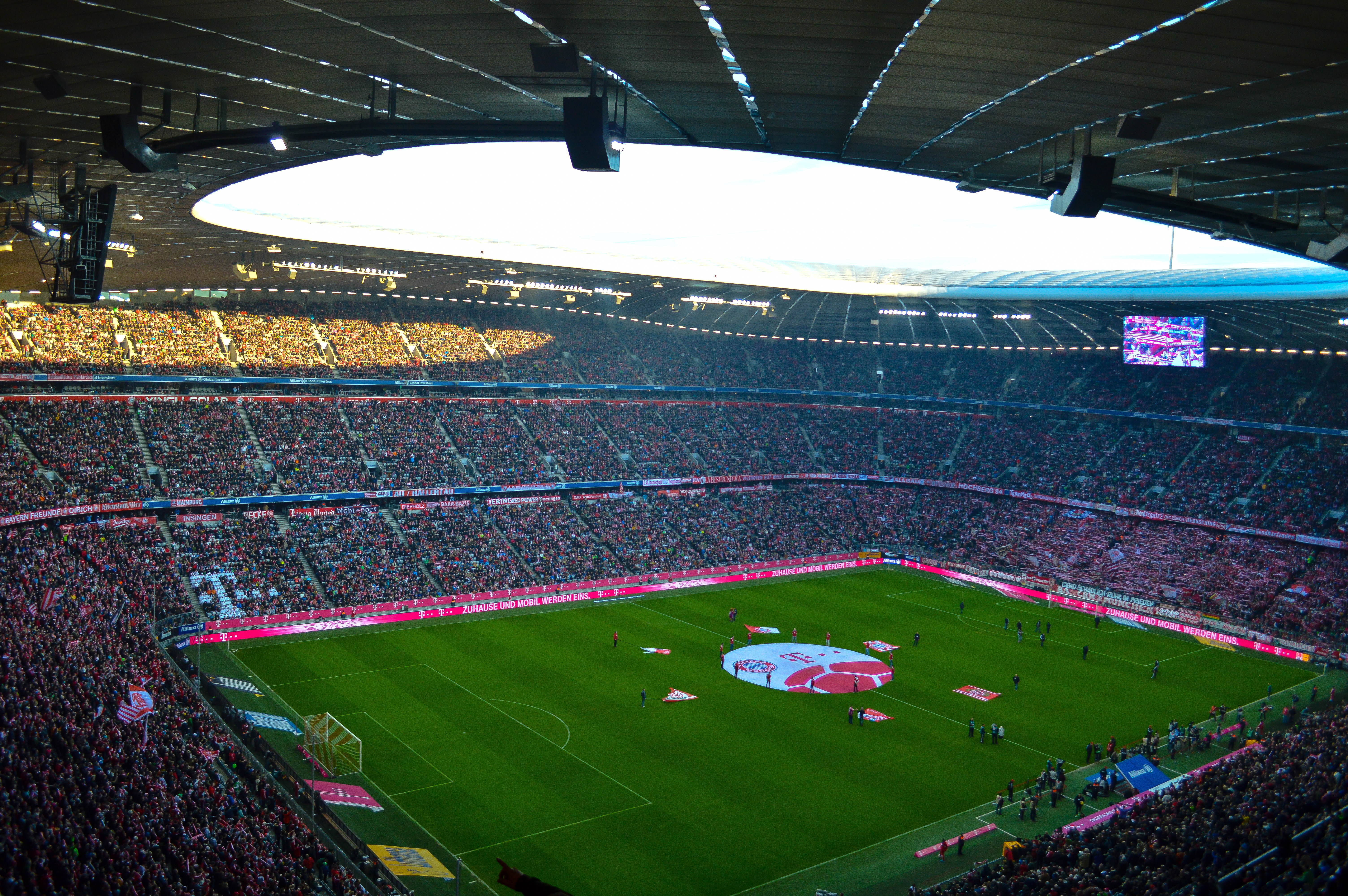
Allianz Arena, located in Munich, Germany, is a modern architectural marvel and the home of FC Bayern Munich. Opened in 2005, the stadium is renowned for its unique facade, which can be illuminated in different colors to reflect the team playing. This innovative design, combined with state-of-the-art facilities, makes Allianz Arena one of the most advanced stadiums in the world. The stadium's interior is designed to maximize visibility and comfort, ensuring that every spectator has an exceptional view of the action. A visit to Allianz Arena is not complete without exploring the FC Bayern Museum, which offers an interactive journey through the club's history, showcasing its numerous domestic and international triumphs. The stadium's location in the heart of Bavaria makes it a focal point for football fans and tourists alike. Allianz Arena is a testament to the innovation and success of FC Bayern Munich, offering fans an unforgettable experience.
9. Luzhniki Stadium: The Heart of Russian Sports
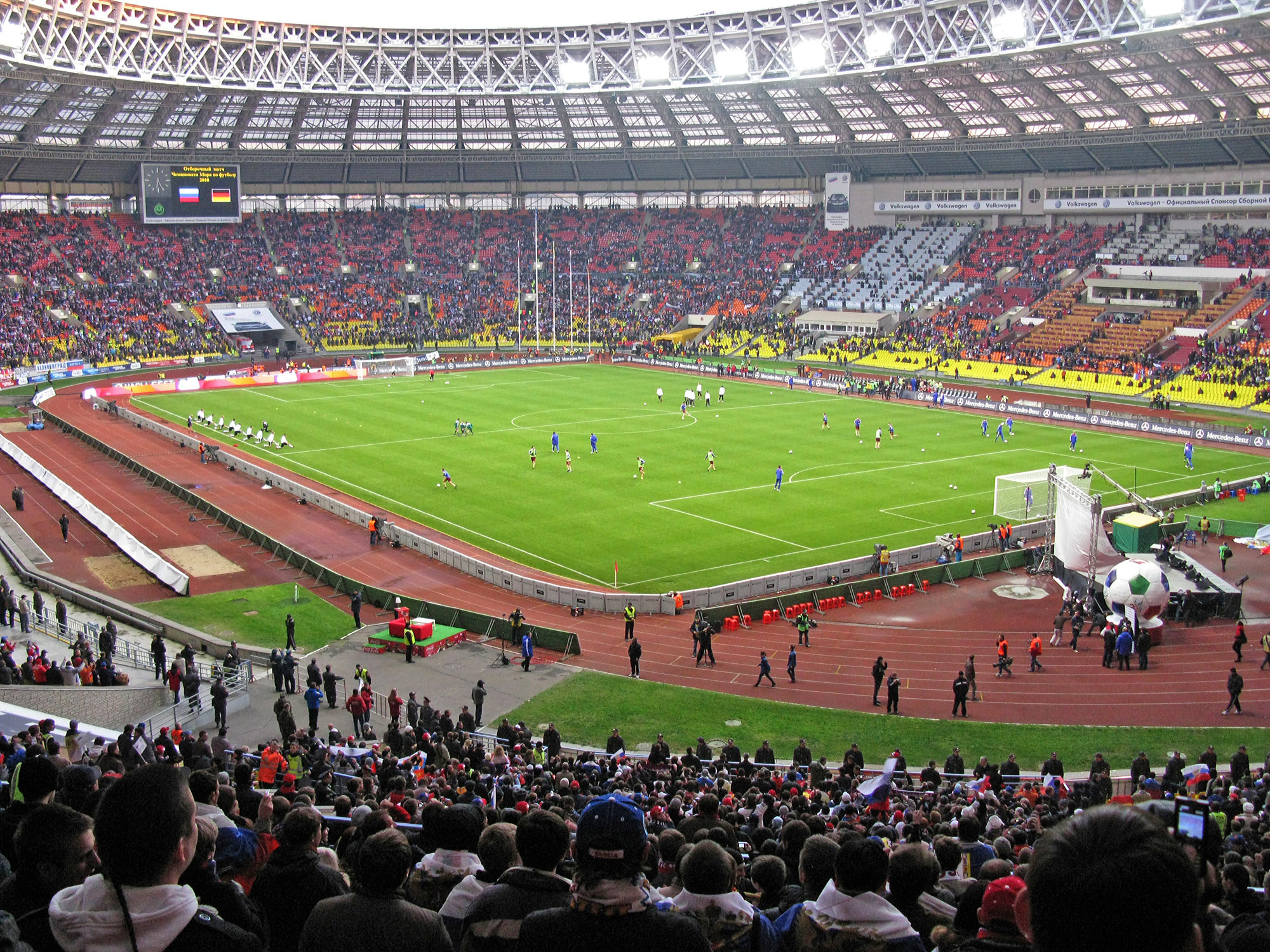
Luzhniki Stadium, located in Moscow, Russia, is the country's national stadium and a symbol of Russian sporting excellence. Originally built in 1956, the stadium has undergone extensive renovations, most notably for the 2018 FIFA World Cup. Its design, with a distinctive roof and modern amenities, makes it a versatile venue capable of hosting a variety of sports and events. Luzhniki has been the stage for numerous historic moments, including the 1980 Summer Olympics and the 2008 UEFA Champions League Final. The stadium's location in the heart of Moscow makes it easily accessible, allowing visitors to explore the vibrant culture and history of the city. Luzhniki Stadium is more than just a venue; it's a celebration of Russian sports and culture, offering fans an unforgettable experience.
10. San Mamés: The Modern Pride of Bilbao
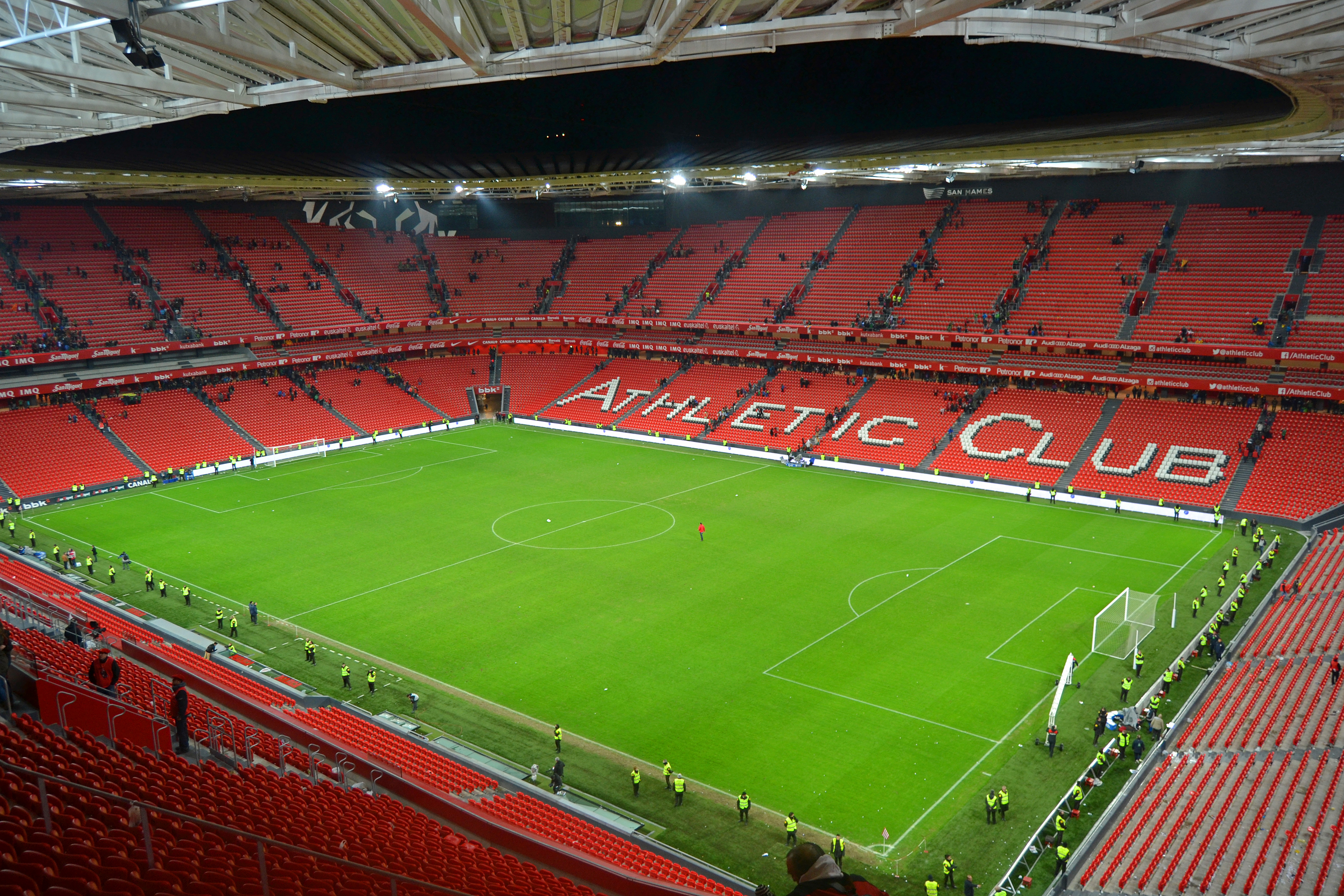
San Mamés, located in Bilbao, Spain, is a modern masterpiece and the home of Athletic Club. Opened in 2013, the stadium is renowned for its innovative design, which combines modern architecture with traditional Basque elements. The stadium's facade, with its unique lighting system, creates a striking visual effect that reflects the club's identity. San Mamés is more than just a stadium; it's a symbol of Bilbao's rich football heritage and the passion of its fans. The stadium's interior is designed to maximize visibility and comfort, ensuring that every spectator has an exceptional view of the action. A visit to San Mamés is not complete without exploring the Athletic Club Museum, which offers an interactive journey through the club's history, showcasing its numerous domestic and international triumphs. San Mamés is a testament to the innovation and success of Athletic Club, offering fans an unforgettable experience.
11. Celtic Park: The Fortress of Glasgow
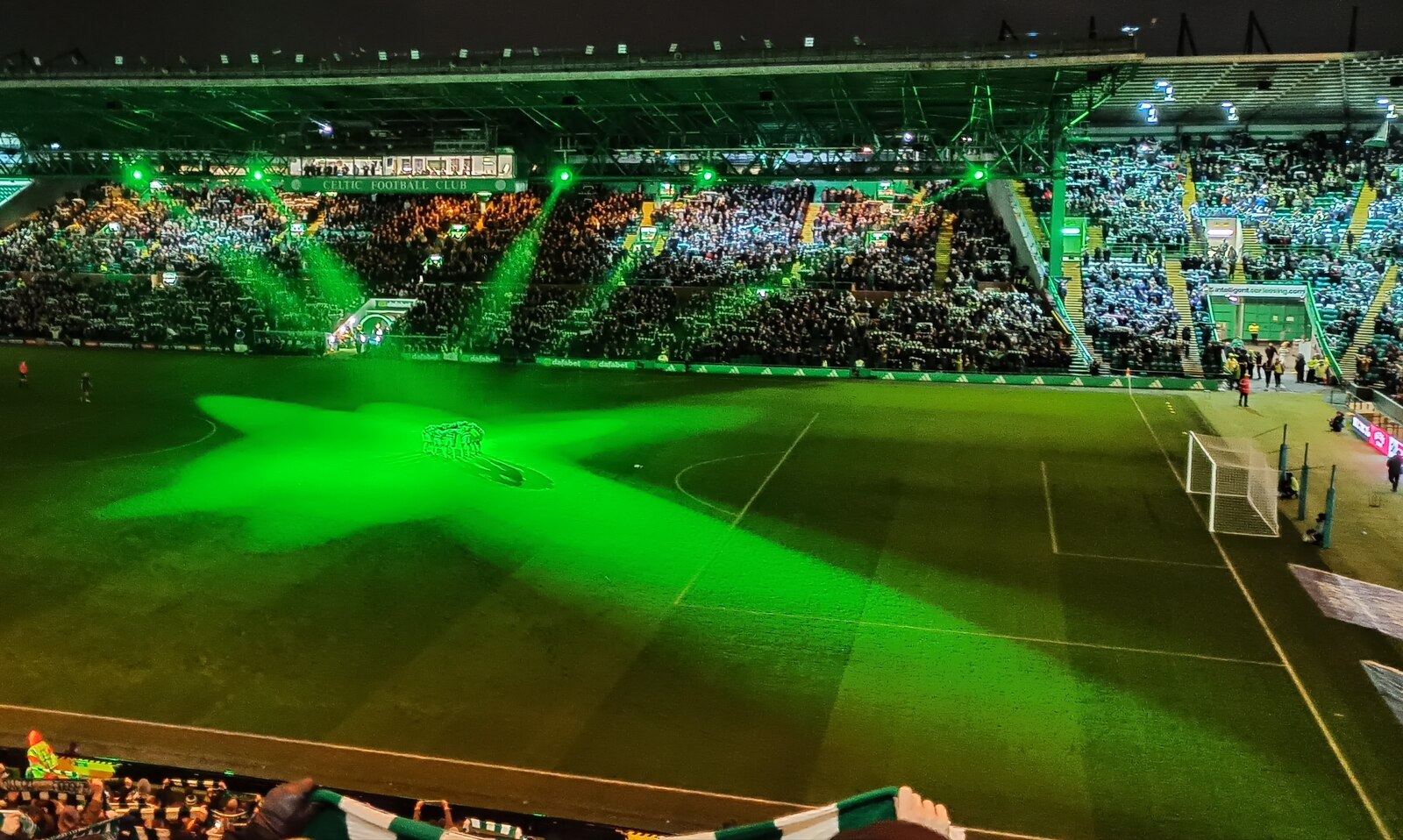
Celtic Park, located in Glasgow, Scotland, is the iconic home of Celtic FC and is affectionately known as "Paradise." Opened in 1892, the stadium has witnessed the rise of legendary players and historic matches that have shaped the club's legacy. Its design, with the towering stands and passionate fans, creates an imposing presence that reflects the club's stature in Scottish football. Celtic Park is more than just a stadium; it's a symbol of Celtic FC's rich history and tradition. Visitors can take a guided tour to explore the stadium's inner workings, including the players' tunnel, dressing rooms, and the museum, which houses a vast collection of memorabilia and trophies. The atmosphere at Celtic Park is electric, with fans creating a sea of green and singing passionately for their team. A visit to Celtic Park is a pilgrimage for any Celtic supporter, offering a glimpse into the club's storied past and vibrant present.
12. Estádio da Luz: The Light of Lisbon
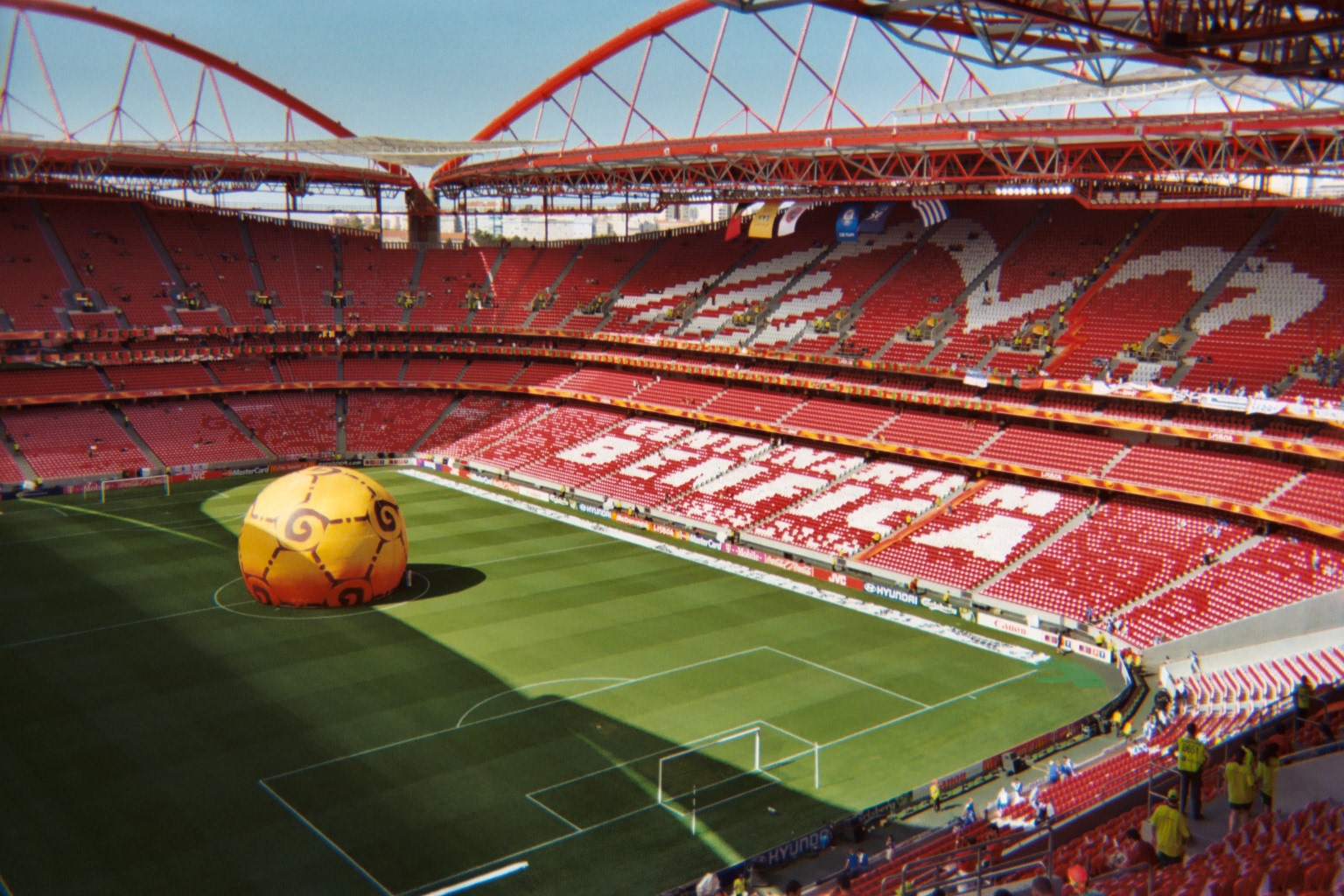
Estádio da Luz, located in Lisbon, Portugal, is the home of SL Benfica and a symbol of Portuguese football excellence. Opened in 2003, the stadium is renowned for its modern design and state-of-the-art facilities. The stadium's interior is designed to maximize visibility and comfort, ensuring that every spectator has an exceptional view of the action. Estádio da Luz is more than just a stadium; it's a celebration of SL Benfica's rich history and tradition. Visitors can take a guided tour to explore the stadium's inner workings, including the players' tunnel, dressing rooms, and the museum, which houses a vast collection of memorabilia and trophies. The atmosphere at Estádio da Luz is electric, with fans creating a sea of red and singing passionately for their team. A visit to Estádio da Luz is a pilgrimage for any SL Benfica supporter, offering a glimpse into the club's storied past and vibrant present.
The Journey Beyond the Stadiums
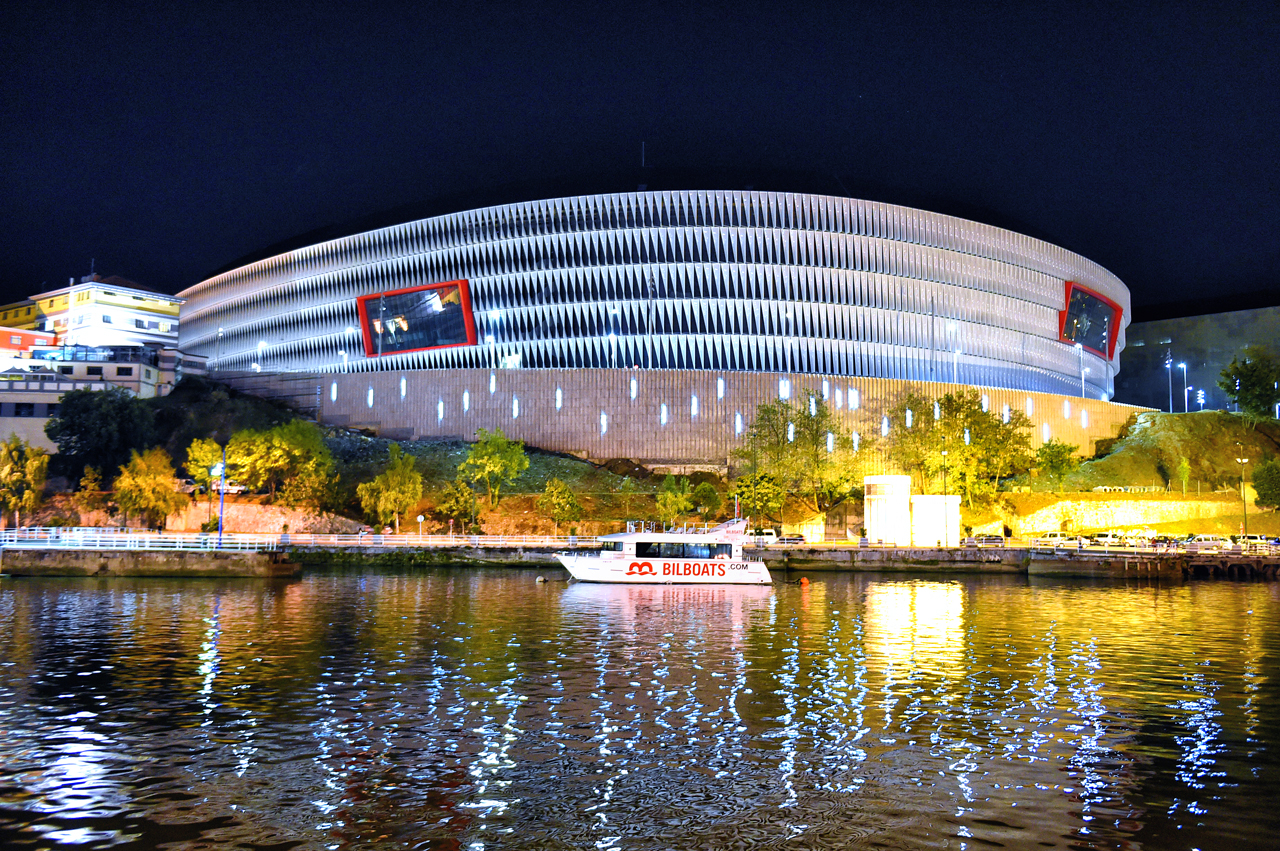
As we conclude our journey through the 12 largest stadiums in Europe, it becomes evident that these structures are more than just venues for sports events. They are monuments to human achievement, cultural identity, and the unifying power of sports. Each stadium offers a unique experience, blending the thrill of the game with the history and passion of the communities they represent. This adventure is about creating memories that transcend the ordinary, offering insights into the rich tapestry of European sports culture. Whether you're a die-hard football fan or a casual observer, visiting these stadiums is an opportunity to witness the magic of sports and the stories that unfold within these hallowed grounds. As you embark on this epic adventure, may the memories you create inspire and captivate, leaving an indelible mark on your journey as a sports enthusiast.


